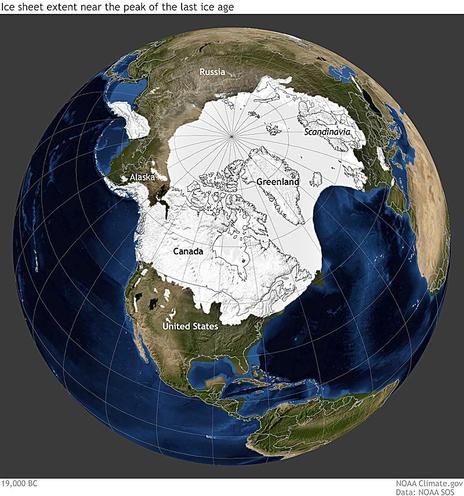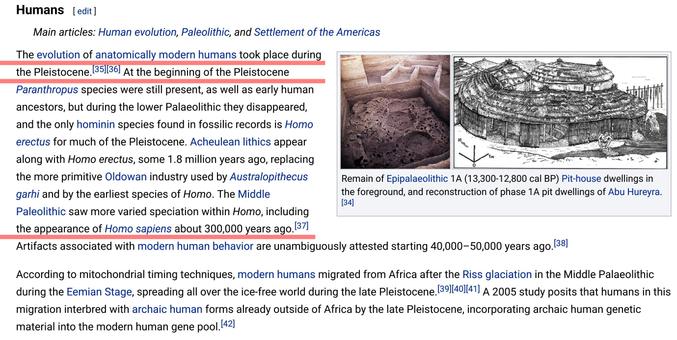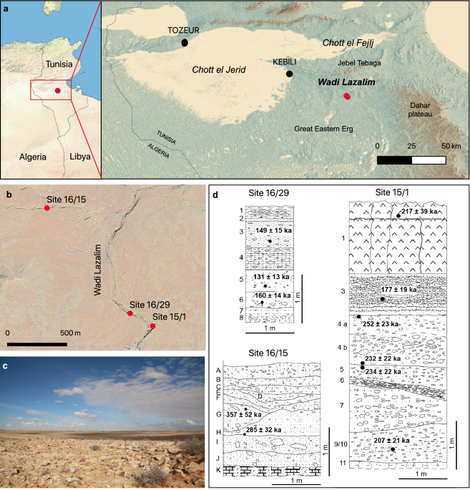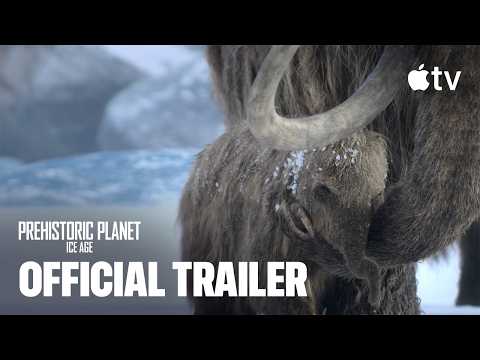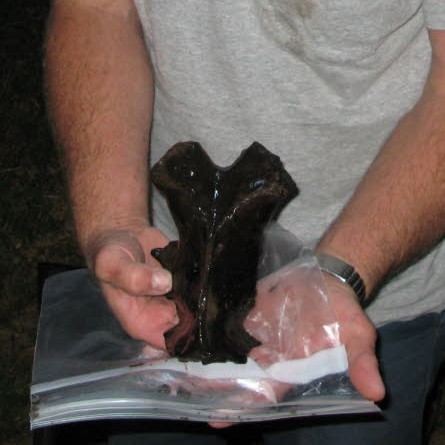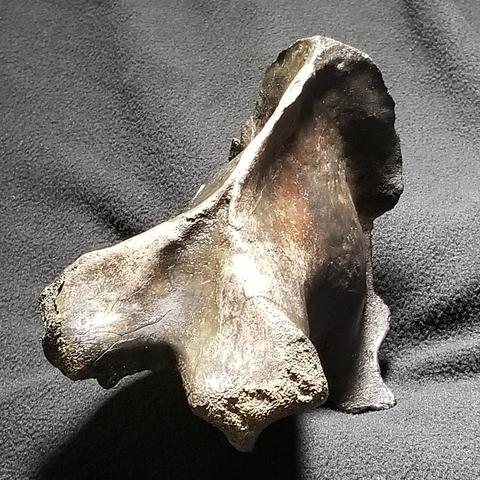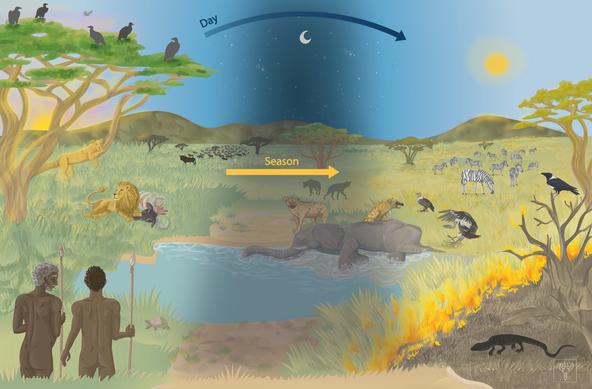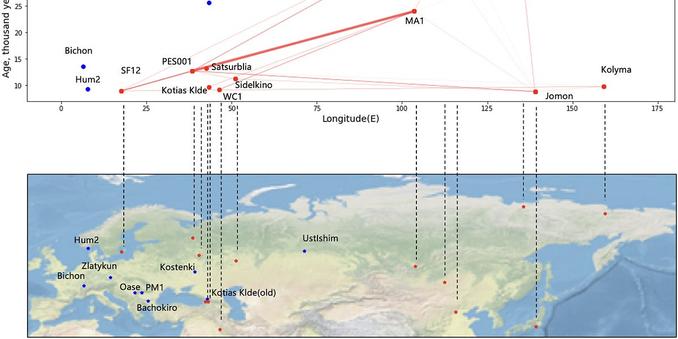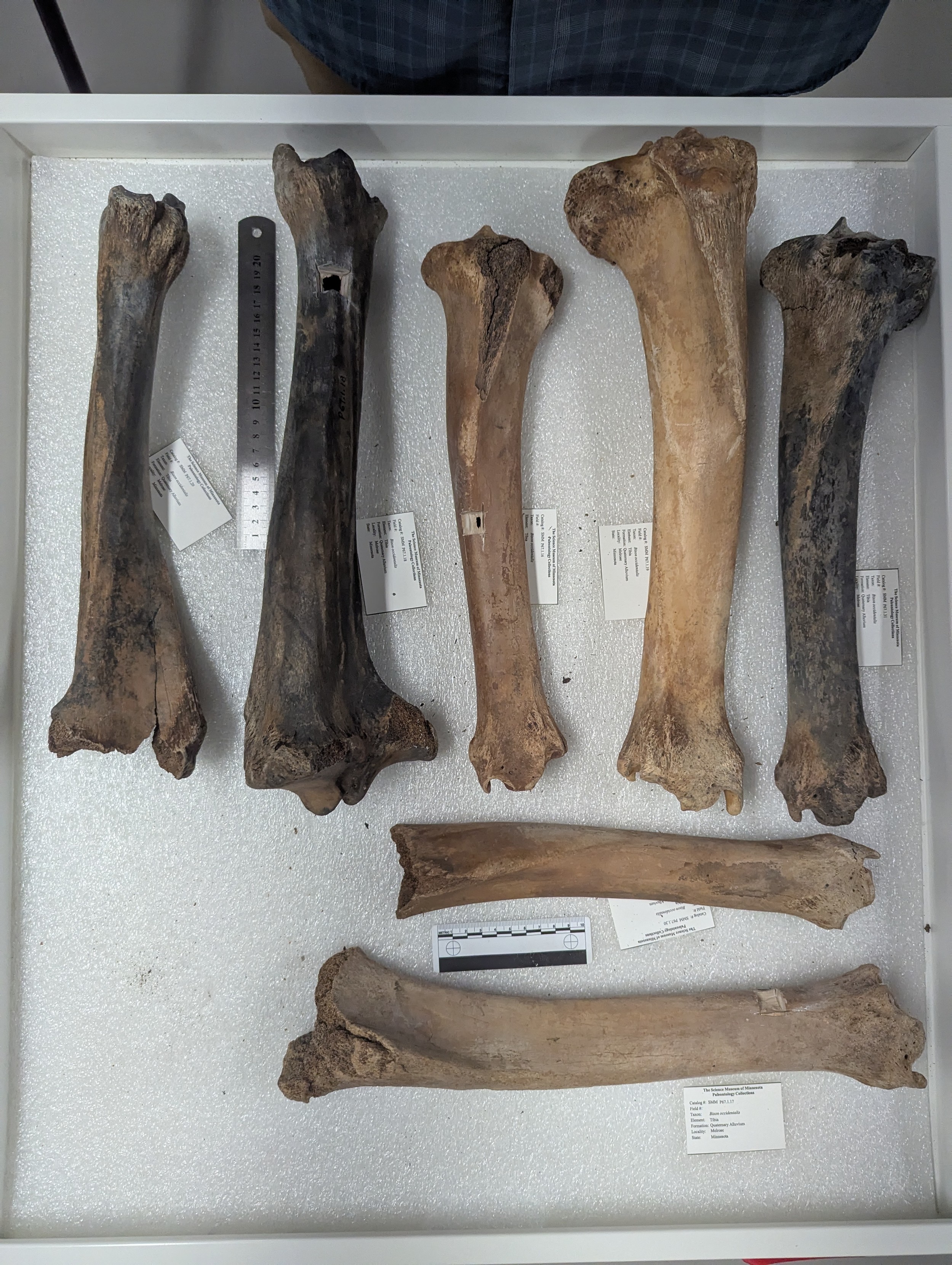My spouse and I watched the first episode of the third season of Prehistoric Planet tonight and loved it.
I wish mammoths still existed. They’re like very fuzzy elephants. (Or maybe elephants are like much less hairier mammoths?)
#PrehistoricPlanet #FilmMastodon #History #Science #Mammoth #IceAge #Pleistocene
